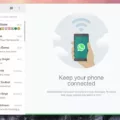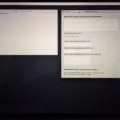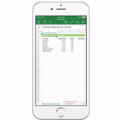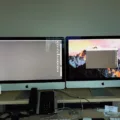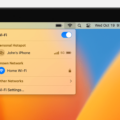If you’re looking to maximize your workspace, an extended display is a great way to do it. Using an extended display on a Mac computer allows you to have two screens side-by-side, effectively doubling the amount of informatin you can view at once. This can be especially helpful for multitasking or if you need to keep multiple programs open at once.
There are several ways to connect an additional monitor to your Mac. The most common way is through a Mini DisplayPort or Thunderbolt port, which will support up to two external displays. Some computers also have HDMI and DVI ports that can accept an external display.
Once you’ve connected the additional monitor, you can configure it in the Displays section of System Preferences. You can choose how the desktop is arranged, either mirroring your main screen so that both displays show the same image or extending your desktop acrss both screens so that each screen has its own workspace. You can also adjust the resolution and brightness levels for each display independently.
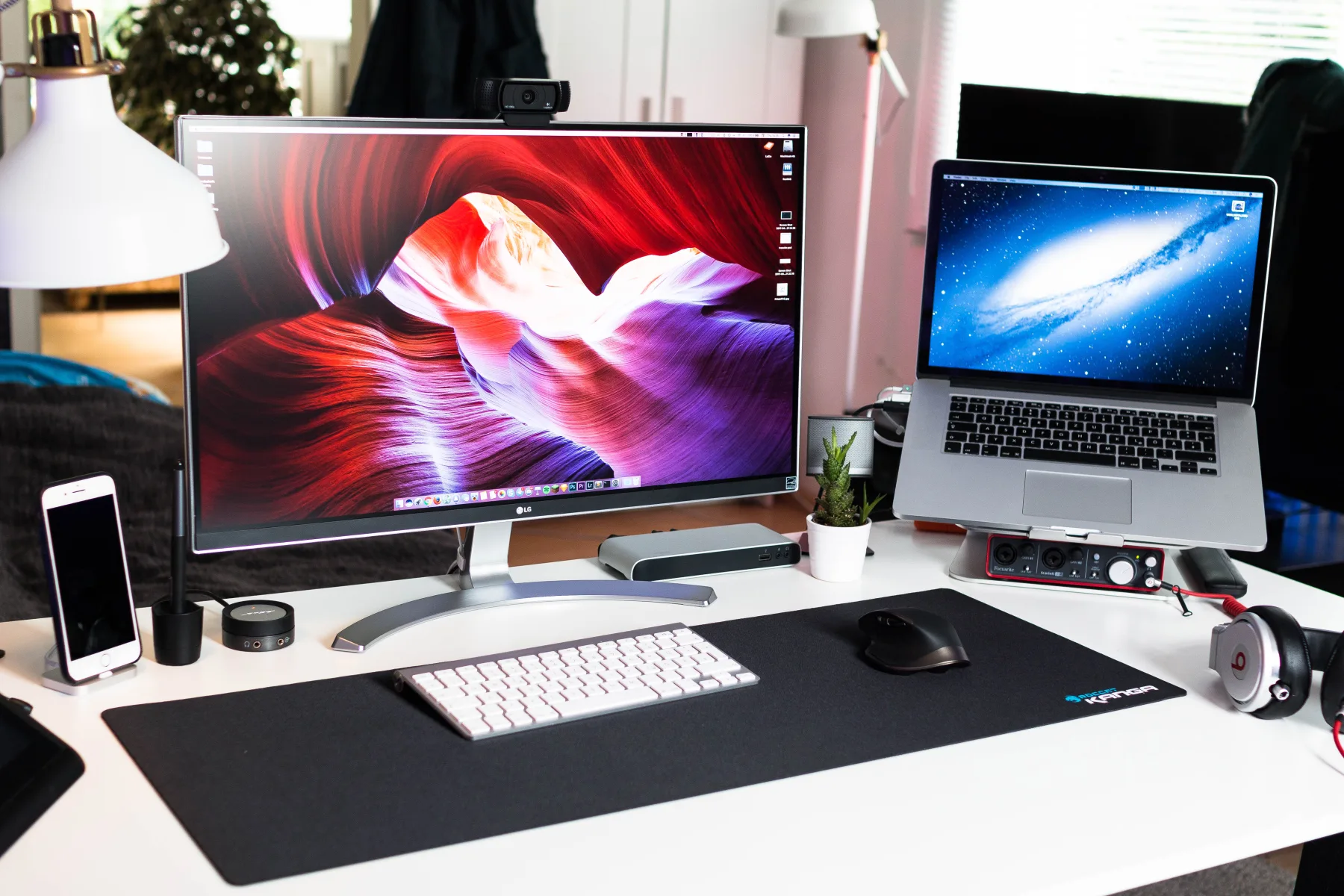
Having an extended desktop setup is especially useful when using full-screen applications like movies and video games. With two monitors side-by-side, you get a much wider field of view and more immersive experience than simply having one large display. It’s also great for working on large spreadsheets or documents where being able to view multiple sections simultaneously makes it easier to make changes quickly and accurately.
Extending your Mac desktop with an additional monitor is easy and will greatly improve your productivity and entertainment experience. With just a few clicks in System Preferences, you’ll be able to enjoy all the benefits of having two screens side-by-side!
Extending a Display to Another Monitor on Mac
It’s possible that you’re unable to extend your display to another monitor on your Mac for several reasons. First, make sure you have the correct cable connections and adapters needed for your monitors. If those are correct, go to System Preferences > Displays, click Scaled and hold down the Option key to select the Detect Displays button. This will allow you to detect and set up additional displays connected to your Mac. Once detected, check the resolution and brightness settings of each display, as well as updating adapter software if applicable. If all else fails, contact Apple Support for futher assistance.
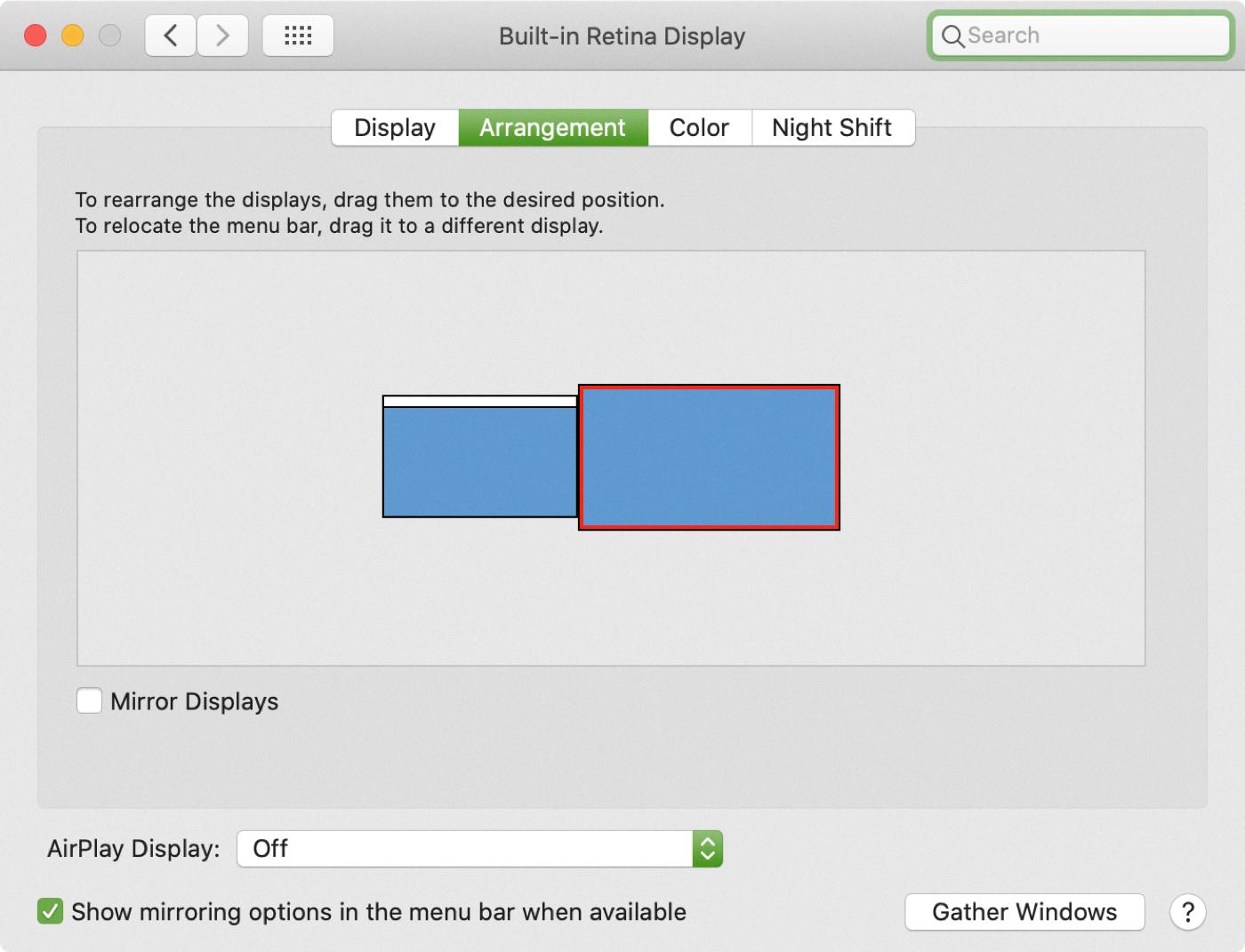
Source: idownloadblog.com
Extending the Main Screen on a Mac
To extend your main screen on a Mac, you need to go to System Preferences -> Displays. On the Displays tab, click and hold on the white bar at the top of your current primary display. Then, drag it across to the other monitor you want to set as your new primary display. This will extend your main screen across both monitors, giving you more desktop space.
Using Extended Display
Extended display is a feature that alows you to use two or more monitors with your desktop computer. To use extended display, you will need to connect the additional monitor to your computer using an HDMI or DisplayPort cable. Once connected, right-click on your desktop and select “Display”. From the display settings, you can select the additional monitor and check the box that says “Extend these displays”. This will allow you to extend your desktop across both monitors. When finished, click [Apply]. If necessary, you can rearrange the order of the monitors by dragging them around in the display settings.
Changing the Display Output on a Mac
To change the display output on your Mac, first open the System Preferences by selecting Apple menu > System Preferences. When you have a display connected to your Mac, select Apple menu > System Preferences again and click Displays. From here you can select Display Settings to configure the way your displays work together. You can choose wheter to mirror or extend your desktop, or set one of the displays as the main one. You can also adjust other settings such as brightness and resolution from this page.
Troubleshooting Extend Display Issues
Extend display may not be working for a variety of reasons. For example, the cables connecting the external monitor to the computer might be incorrectly connected, or the monitor might not be compatible with your computer’s graphics card. Additionally, the graphics drivers on your computer may need to be updated in order for the external display to work properly. Finally, Windows may not have been set up to recognize an external display; pressing the Windows logo key + P and making sure that Extend is selected should resolve this issue.
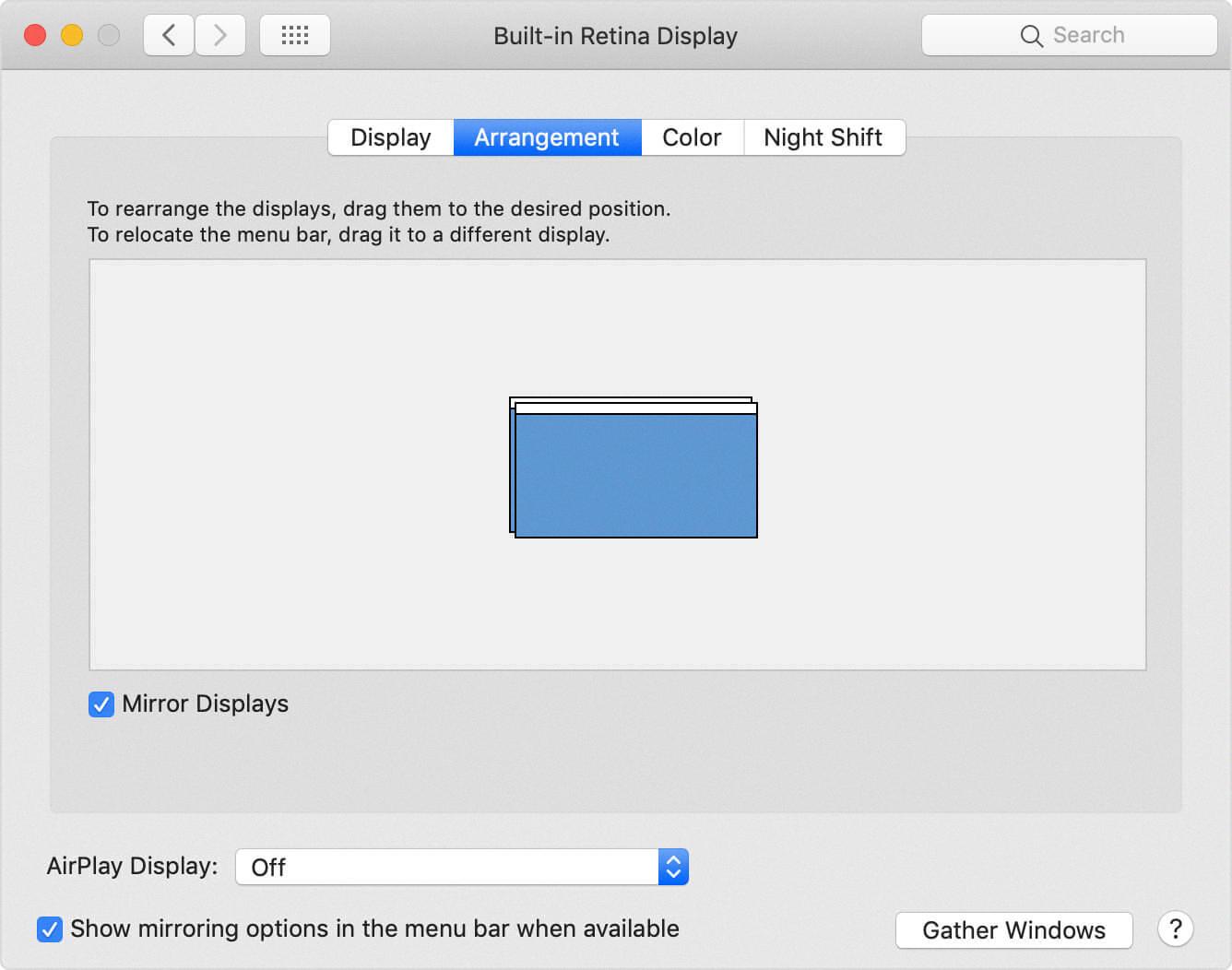
Source: nektony.com
Extending a Display Using HDMI
Yes, you can extend your display usig an HDMI port. An HDMI port allows you to connect your computer to an external monitor so that you can extend or duplicate your display. Depending on the number of HDMI ports on your computer, you may be able to connect up to two external monitors for a dual monitor setup. Some computers may even support more than two displays depending on the graphics card and other hardware configuration.
Conclusion
The Mac extended display is an excellent tool for those looking to multitask or increase their productivity. It provides users with the ability to have multiple screens running at once, allowing them to access more information quickly and easily. It also helps reduce screen clutter, as users can move programs and windows beteen different displays with just a few clicks. Additionally, the Mac extended display has a wide range of settings that can be adjusted to suit individual preferences, allowing users to customize their workflows and make their work more efficient. With its impressive features and easy setup process, the Mac extended display is a great choice for any user who wants to get more out of their Mac experience.

